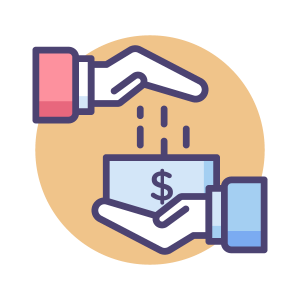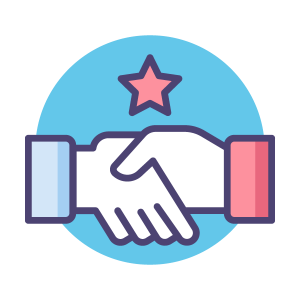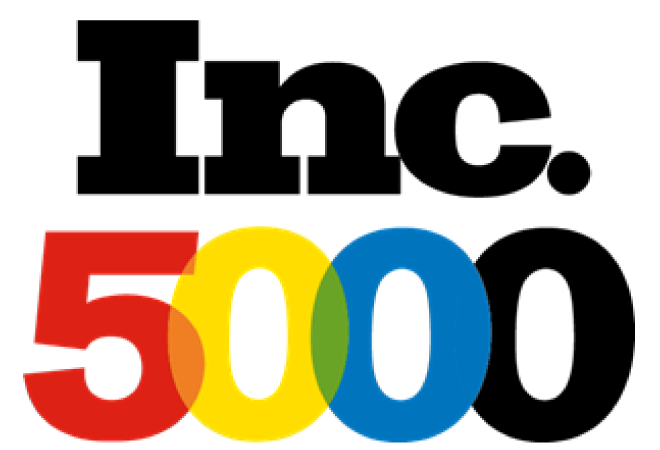Most nonprofits depend on donations to achieve their goals. While the missions of organizations differ, all entities need a good way to keep track of their constituents. These people may not just be donors, but volunteers and/or clients as well. Dealing with all of these different groups is a gargantuan task, even for organizations with smaller constituencies. These responsibilities are often too much for one person or even one department to handle, but the right software platform can accomplish it easily. If the system you’re currently using, manual or otherwise, doesn’t organize these groups or people effectively, it’s time to find a tool that will.
Numerous benefits exist for constituent or donation management process improvement. According to The Nonprofit Times, these platforms don’t just store data, they allow you to use the information more effectively. The advantages of using data more effectively include improving communication and strengthening internal and external relationships. You will also have a better record of staff and volunteers.
Donation management solutions can be integrated with other platforms, and often has additional capabilities that can increase productivity. For instance, certain vendors provide anything from event management to email functionality to website management for your donors to create donation drives.
Finding the right system for you
Before you even start researching programs, there are some considerations to make. First, what are the basic goals you expect to achieve with a new system? To thoroughly consider this, think about the last cycle you endured and all of the things you wished you had when speaking with your colleagues, friends and family during that time.
What would your wish list be if you could have anything you want? If you’re having trouble connecting information about donors with financial data, this could be something you look for in a new system. Talk to stakeholders and create your organization’s wish list for donor management software. Another thing to think about is communicating internally that you have a goal to improve certain processes through the utilization of new available software tools.
A smooth adoption period is a vital key to making a successful move to a new system. Within the constraints of time and reason, ask for input from everyone on the team who would use the new platform. Gaining input provides a sense of ownership and a feeling that each team member’s opinion was valuable while making a change. If this step is overlooked you might find yourself in trouble at new system rollout and adoption time.
Another question to ask: Do you need multiple platforms or just one? The best option is to pick a platform that comes the closest to achieving all your goals. Once found, you will then want to work closely with that vendor’s team to chart the path to achieve greatest possible success.
Finding the perfect platform for your organizational needs is a difficult task, but it’s highly likely there’s a system on the market today that will suit your process and budgetary needs. Whatever the size of your non-profit, you owe it to yourself and your team to begin researching the tools that will improve your processes and allow you to take the next step in growth for your organization.











